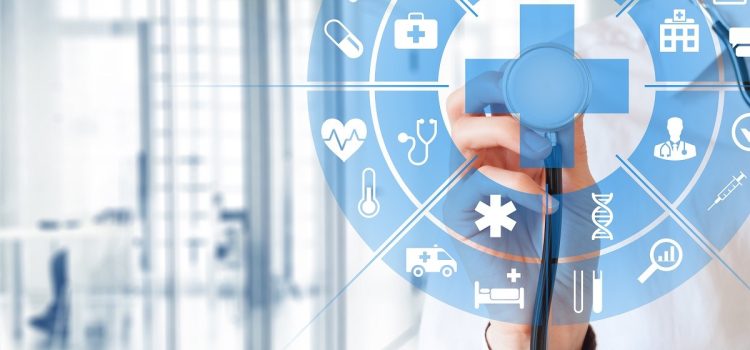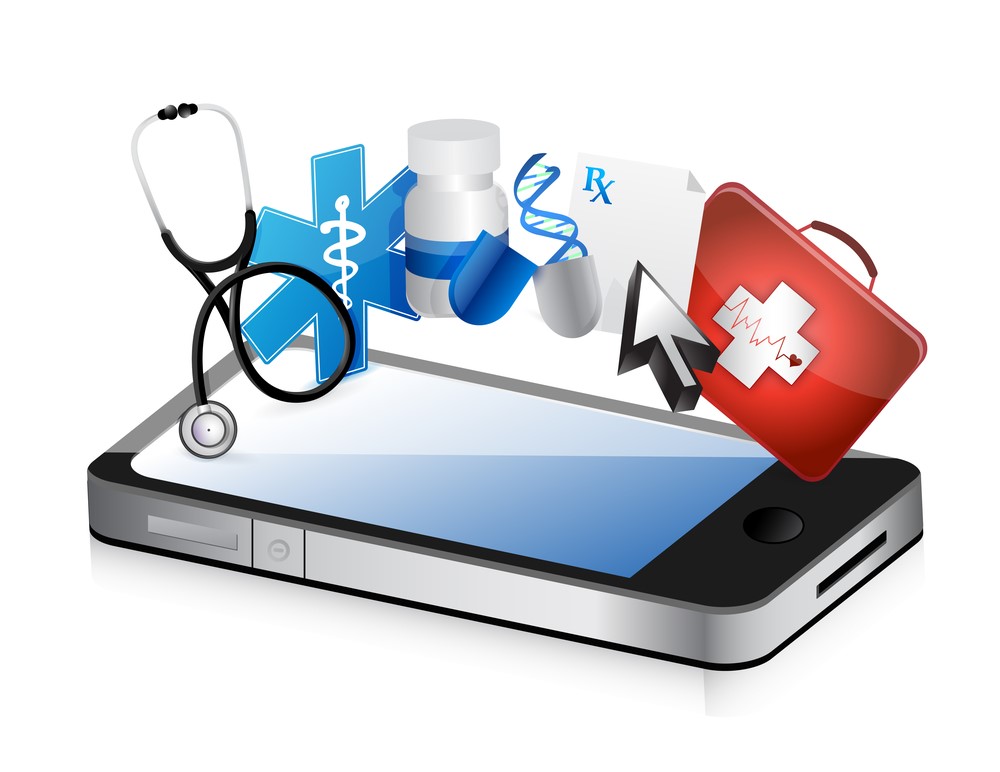
The healthcare industry is undergoing a transformative shift, driven by technological advancements and changing patient expectations. One of the most significant developments in recent years is the rise of Virtual Health Consultations. This innovative approach to healthcare delivery is reshaping how patients and providers interact, offering a host of benefits while also presenting new challenges. This article explores the future of Virtual Health Consultations, examining the trends, technologies, and implications for patients and healthcare providers.
The Evolution of Virtual Health Consultations
Virtual Health Consultations, also known as telehealth or telemedicine, involve the use of digital communication tools to provide medical advice, diagnosis, and treatment remotely. While the concept is not new, its adoption has accelerated dramatically due to the COVID-19 pandemic. Social distancing measures and the need to reduce the risk of infection have made in-person visits less feasible, prompting both patients and providers to embrace virtual alternatives.
Key Technologies Driving Virtual Health Consultations
Several technologies are at the forefront of Virtual Health Consultations, each contributing to a more seamless and effective experience:
- Video Conferencing Platforms: Tools like Zoom, Microsoft Teams, and specialized telehealth platforms enable real-time video interactions between patients and healthcare providers. These platforms often include features such as secure messaging, file sharing, and appointment scheduling.
- Mobile Health Apps: Smartphone applications offer a convenient way for patients to access healthcare services. These apps can facilitate video consultations, provide medication reminders, and enable remote monitoring of vital signs.
- Wearable Devices: Wearables like smartwatches and fitness trackers can collect and transmit health data such as heart rate, blood pressure, and activity levels. This information can be shared with healthcare providers to support more informed decision-making during Virtual Health Consultations.
- Artificial Intelligence (AI): AI-powered tools can assist in diagnosing conditions, predicting health outcomes, and personalizing treatment plans. For example, AI algorithms can analyze medical images or patient data to identify potential health issues.
- Electronic Health Records (EHRs): EHR systems allow for the secure storage and sharing of patient information. Integrating EHRs with telehealth platforms ensures that healthcare providers have access to comprehensive patient histories during Virtual Health Consultations.
Benefits of Virtual Health Consultations
The rise of Virtual Health Consultations offers numerous advantages for both patients and healthcare providers:
- Accessibility: Virtual Health Consultations eliminate geographical barriers, making it easier for patients in remote or underserved areas to access medical care. This is particularly beneficial for individuals with mobility issues or those who lack reliable transportation.
- Convenience: Patients can schedule and attend appointments from the comfort of their homes, reducing the need for time-consuming travel and waiting room delays. This convenience can lead to higher patient satisfaction and adherence to treatment plans.
- Cost-Effectiveness: Virtual Health Consultations can reduce healthcare costs by minimizing the need for physical infrastructure and administrative overhead. Patients also save money on travel expenses and lost wages due to time off work.
- Continuity of Care: Telehealth enables continuous monitoring and follow-up care, which is crucial for managing chronic conditions. Patients can have more frequent check-ins with their healthcare providers, leading to better health outcomes.
- Infection Control: Virtual Health Consultations reduce the risk of spreading infectious diseases by minimizing in-person interactions. This is especially important during pandemics or flu seasons.

Challenges and Considerations
While Virtual Health Consultations offer many benefits, there are also challenges that need to be addressed:
- Technology Barriers: Not all patients have access to the necessary technology or internet connectivity to participate in Virtual Health Consultations. Bridging the digital divide is essential to ensure equitable access to telehealth services.
- Privacy and Security: Protecting patient data is paramount. Healthcare providers must ensure that telehealth platforms comply with regulations such as the Health Insurance Portability and Accountability Act (HIPAA) to safeguard patient information.
- Reimbursement and Regulation: The regulatory landscape for telehealth is evolving, with varying policies on reimbursement and licensure across different regions. Clear and consistent guidelines are needed to support the widespread adoption of Virtual Health Consultations.
- Clinical Limitations: Some medical conditions require physical examinations or diagnostic tests that cannot be performed remotely. Healthcare providers must determine when in-person visits are necessary and integrate virtual care with traditional methods.
- Provider Training: Healthcare professionals need training to effectively use telehealth technologies and adapt to new modes of patient interaction. Ongoing education and support are crucial for the successful implementation of Virtual Health Consultations.
The Future Landscape of Virtual Health Consultations
As technology continues to advance, the future of Virtual Health Consultations looks promising. Several trends are likely to shape the evolution of telehealth:
- Integration with Advanced Technologies: The integration of AI, machine learning, and predictive analytics will enhance the capabilities of telehealth platforms. These technologies can provide real-time insights, support clinical decision-making, and personalize patient care.
- Expansion of Remote Monitoring: The use of wearable devices and remote monitoring tools will continue to grow, enabling continuous tracking of patient health metrics. This data can be used to proactively manage chronic conditions and prevent complications.
- Hybrid Care Models: A hybrid approach that combines virtual and in-person care will become more prevalent. Patients will have the flexibility to choose the most appropriate mode of care based on their needs and preferences.
- Global Collaboration: Telehealth can facilitate international collaboration among healthcare providers, allowing for the exchange of expertise and best practices. This can improve the quality of care and drive innovation in medical research.
- Patient Empowerment: Virtual Health Consultations empower patients to take an active role in their healthcare. Access to digital health tools and information can promote self-management and informed decision-making.
Conclusion
Virtual Health Consultations are poised to play a central role in the future of healthcare. By leveraging advanced technologies and addressing existing challenges, telehealth has the potential to improve access, convenience, and quality of care for patients worldwide. As the healthcare landscape continues to evolve, Virtual Health Consultations will be a key component in delivering patient-centered, efficient, and effective medical services.










